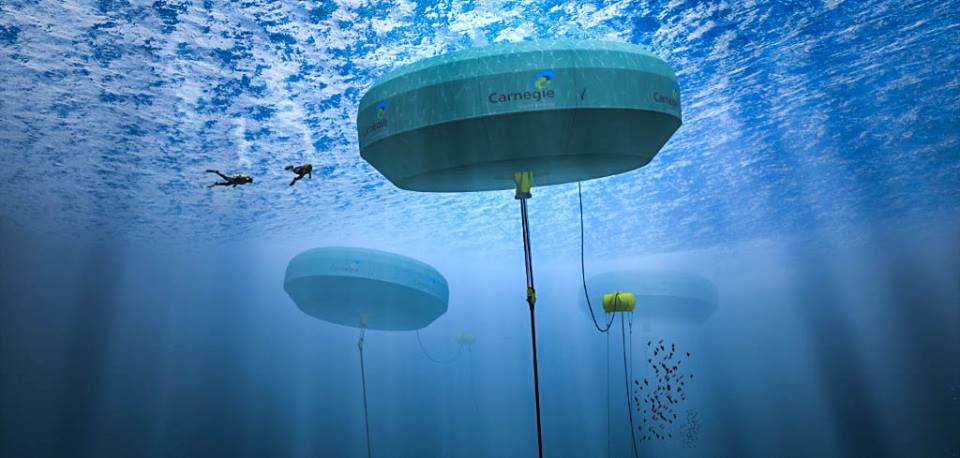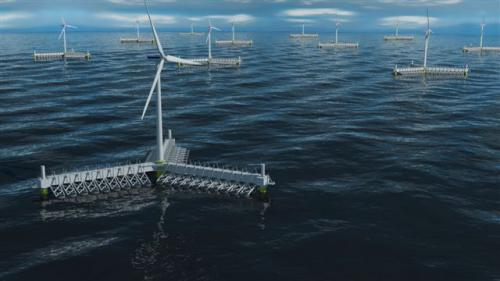
Wave energy and water production
Carnegie was the first wave energy company to generate both power and freshwater onshore as part of its Perth Wave Energy Project at Garden Island in Western Australia.
Carnegie is an ASX-listed company based in Perth, Western Australia. Carnegie is developing its 100% owned CETO wave energy technology. The CETO technology has been under development for over 10 years at the company’s corporate office and their unique Wave Energy Research Facility at Fremantle.
Named after a Greek sea goddess, CETO offers the potential to revolutionise power and water production globally. CETO harnesses the enormous renewable energy present in our ocean’s waves and converts it into two of the most valuable commodities underpinning the sustainable growth of the planet; zero-emission electricity and zero-emission desalinated water.
The CETO system is different from other wave energy devices as it operates under water where it is safer from large storms and invisible from the shore. The fully submerged buoys drive pumps and generators that are contained offshore, within the buoy itself, with power delivered back to shore through subsea cables to power desalination plants as well as for export into the grid.
CETO differs from other wave technologies under development globally by being fully submerged and generating power onshore rather than offshore. CETO has been proven at pilot scale and is now in its commercial demonstration phase.
This information comes from the website of Carnegie Wave Energy.
